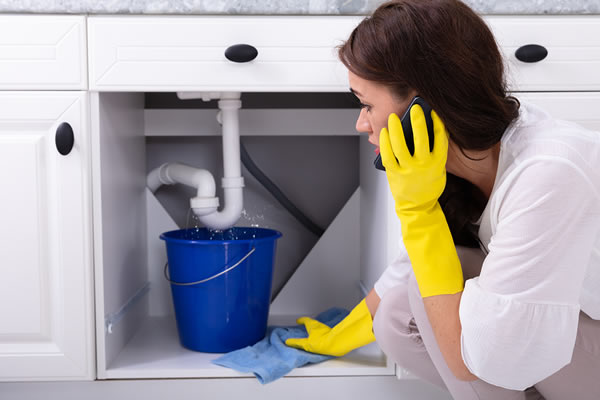This article down below on the subject of Leaking water lines is particularly fascinating. Read on and make your own personal ideas.

Early detection of leaking water lines can minimize a potential catastrophe. Some little water leaks may not be visible.
1. Analyze the Water Meter
Every residence has a water meter. Inspecting it is a proven way that aids you find leakages. For starters, switch off all the water sources. Ensure no one will purge, use the faucet, shower, run the cleaning maker or dishwasher. From there, go to the meter and watch if it will change. Considering that no one is using it, there should be no movements. That suggests a fast-moving leak if it relocates. If you discover no modifications, wait a hr or two and also inspect back again. This implies you might have a sluggish leak that could also be underground.
2. Inspect Water Consumption
If you spot sudden adjustments, despite your usage being the same, it indicates that you have leakages in your plumbing system. An unexpected spike in your expense indicates a fast-moving leak.
On the other hand, a consistent boost monthly, even with the exact same practices, shows you have a slow-moving leakage that's also slowly rising. Call a plumber to extensively inspect your property, particularly if you feel a cozy location on your flooring with piping underneath.
3. Do a Food Coloring Test
When it comes to water consumption, 30% originates from commodes. Examination to see if they are running properly. Decrease flecks of food color in the container and wait 10 minutes. If the color in some way infiltrates your bowl throughout that time without flushing, there's a leakage in between the container and also dish.
4. Asses Outside Lines
Don't forget to examine your outside water lines also. Should water leak out of the link, you have a loose rubber gasket. One small leakage can throw away lots of water and also spike your water costs.
5. Assess the situation as well as inspect
House owners should make it a practice to examine under the sink counters and also inside cabinets for any bad odor or mold and mildew development. These two warnings show a leakage so punctual interest is required. Doing routine assessments, even bi-annually, can conserve you from a significant issue.
Examine for discolorations and also compromising as most devices and pipes have a life expectancy. If you believe leaking water lines in your plumbing system, don't wait for it to escalate.
Early discovery of dripping water lines can alleviate a potential disaster. Some small water leaks may not be noticeable. Examining it is a guaranteed means that helps you uncover leaks. One little leakage can waste bunches of water as well as increase your water bill.
If you think dripping water lines in your plumbing system, do not wait for it to rise.
How to Know If Your Home Has a Hidden Leak
Water Meter Reveals Inexplicable Water Usage
If you’d like to test whether or not there’s a leak somewhere in your home, you can do this using your water meter. Here is how to conduct the test:
Don’t use any water in your home for at least 30 minutes; this also means not turning on faucets or water-using appliances.
Go outside, and check your water meter for activity.
If your water meter shows that there was activity, even though no one was using any water, this proves that there is a leak in your home.Visible Mold or Mildew Growth
Leaks behind walls create moist, dark environments that allow mold and mildew to grow and thrive. Eventually, you might see mold growth forming on the wall closest to a hidden leak.
If mold is growing in an area that receives a high amount of moisture, such as a bathroom, it may simply be an indication that better ventilation is needed. However, if you see mold growth on a wall or the ceiling in an area where you would not expect, you probably have a hidden leak.
Musty, Mildew Odor
Sometimes you might not be able to see the mold or mildew that is growing as a result of a leak. However, the smell can give the problem away just as easily. If you catch a whiff of something musty, there’s a good chance that old water is collecting somewhere in your home that you can’t see.
Stained/Warped Walls, Ceilings, or Floors
When your home soaks up water, a variety of red flags can become visible, including ceiling stains, bubbling drywall, warped walls, and sagging floors. While these issues can be caused by excess humidity, they can also be signs that a pipe or plumbing connection has started leaking behind your walls.
Inexplicably High Water Bill
After a while, you get a general sense for what your water bill should be. If you own a pool or sprinkler system, your bill will tend to be higher during summer. However, if you receive a water bill that seems especially high, and you can’t figure out what caused it, then you may have a hidden leak somewhere that’s increasing your bill.
https://www.plumbingjoint.com/blog/2019/july/how-to-know-if-your-home-has-a-hidden-leak/

Hopefully you liked our section on Top leak detection hacks. Thank you so much for finding the time to browse our article post. If you please take the time to share this write-up if you liked it. Thanks a lot for your time. Kindly stop by our website back soon.